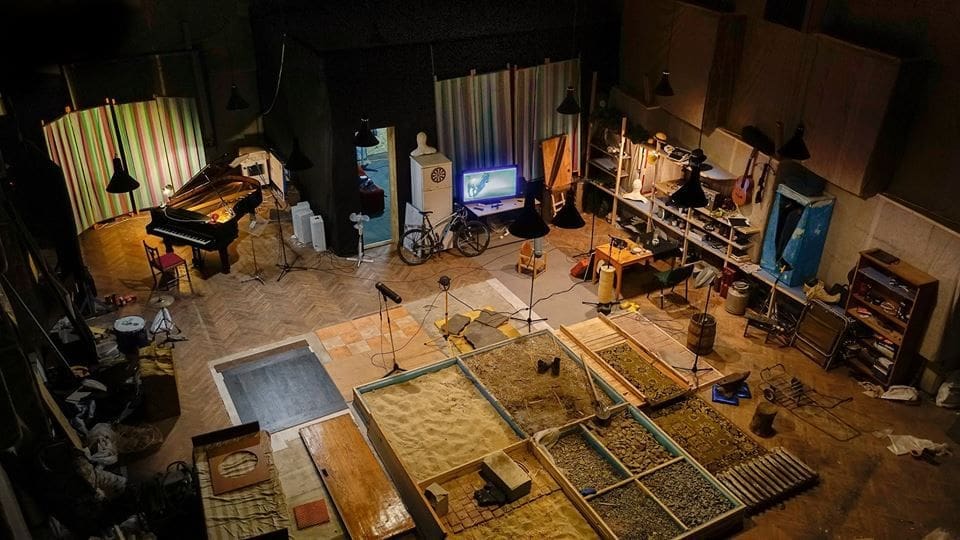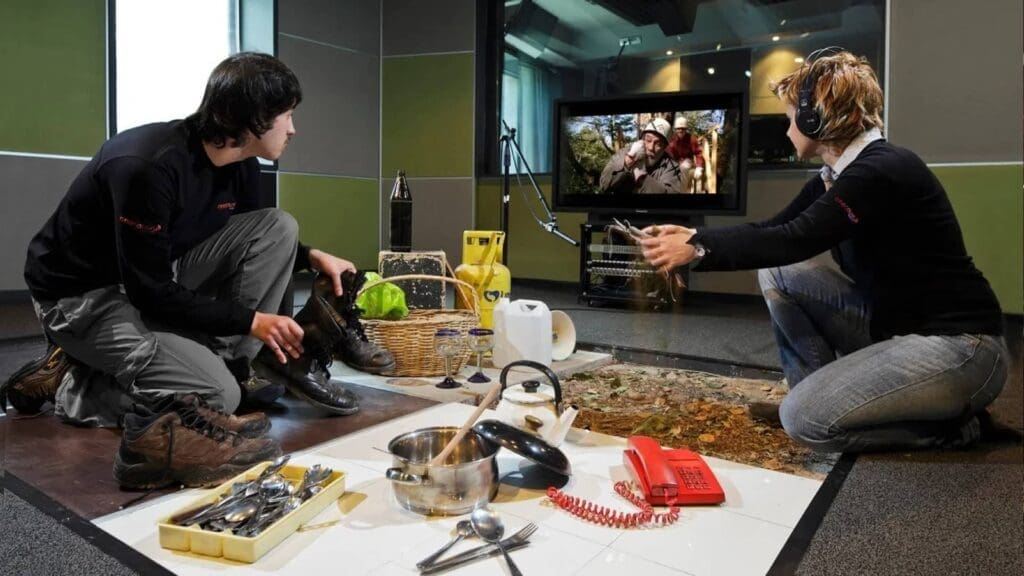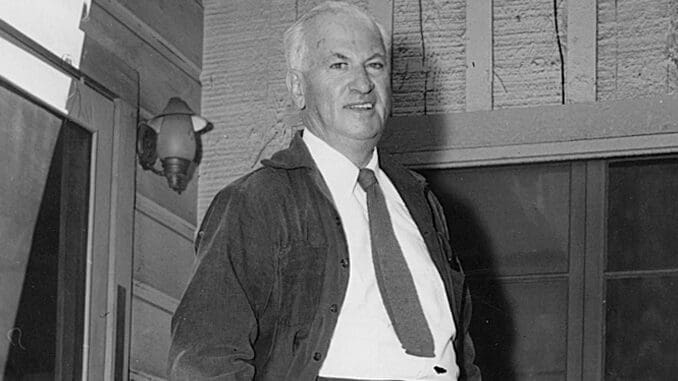A Foley artist is a vital part of the filmmaking process, often working behind the scenes to bring the soundscape of a film to life. From the crunch of footsteps on gravel to the clink of a glass, the Foley artist is responsible for creating sound effects that make a movie feel realistic and immersive.
In this article, we’ll explore what Foley artists do and why they are so important to the filmmaking process.
What is a Foley Artist?
A Foley artist is a sound effects specialist who creates and records sound effects for films and television. They use a variety of tools, such as props and everyday objects, to create realistic sound effects that are then added to the soundtrack. Foley artists are also responsible for creating sound effects that sync with the action on screen, such as footsteps, doors closing, and other environmental sounds.
History
Foley artists have been creating sound effects in the film industry for almost a century. The term “Foley” was coined by Jack Foley, a sound effects artist at Universal Studios in the 1920s. He was the first to use everyday objects to create realistic sound effects for movies. He would use items such as rubber gloves, paper bags, and even the sound of his own footsteps to create sound effects for films.
Since then, Foley artists have been creating sound effects for all types of media, from radio and television to video games and movies. Foley artists use a variety of tools and techniques to create sound effects, including props, Foley pits, and recording equipment. They use a variety of materials, including metal, wood, and cloth, to create unique sound effects.
Foley artists are responsible for creating the subtle sound effects that make a film come alive. They are responsible for creating the sound of footsteps, the sound of a door opening, the sound of a car engine starting, and much more. They are also responsible for creating the sound of a character’s voice, as well as creating sound effects for special effects.
Today, Foley artists are still an integral part of the film industry, and they continue to innovate and create new sound effects. They are responsible for making movies come alive with their sound effects, and they are an essential part of the filmmaking process.
Jack Foley
Jack Foley, born in New York in 1891 and deceased at the age of 76 in Los Angeles in 1967, was a creative man with a professional ambition to develop new sound techniques for film. His mission was successful as he is now known as the father of sound effects for film, pioneering the technique that bears his name. Throughout his life, Foley worked hard on perfecting sound effects and witnessed their evolution through other artists. He revolutionized filmmaking by introducing real sounds such as footsteps, rain and clothing movements into films following the era of silent films.
Elements of Foley
Foley sound is a type of diegetic sound, meaning it originates from within the world of a film. This is distinct from non-diegetic sounds, such as music and narration. Even with the right recording equipment and techniques, Foley recording can be tricky. When creating a scene in a movie, there are many sounds that need to be taken into account.
Dialogue re-recording (ADR) may be the most obvious auditory element but it’s certainly not the only one. Foley artists use their expertise to add various elements to bring scenes alive – this includes everything from footsteps to rustling fabric or clanging swords! With its fascinating history and creative approaches to recording sound effects, Foley artistry is truly an art form in itself.
Common types of Foley sounds include:
Footsteps: Foley artists create footsteps by walking on a variety of surfaces and recording the sound. They may also use props such as coconuts, bags of rice, or other objects to create a specific type of sound.
Clothing rustling: Foley artists create clothing rustling by rubbing the fabric together or using props such as paper or plastic bags.
Glass shattering: Foley artists create glass-shattering sounds by breaking glass in a variety of ways, such as dropping it on the floor or smashing it with a hammer.
Beginner vs professional foley artist
Creating your own foley sound on a budget requires you to be creative and resourceful. You can use everyday objects around your house to create sound effects. For example, you can use kitchen utensils to create the sound of clanging swords or plates for a dish-breaking sound. You can also use fabric and clothes to create rustling and swishing sounds. You can also record sound effects from nature, such as wind and rain.
Creating foley sound professionally requires a lot more equipment and resources. You will need a soundproof studio, high-quality microphones, and a sound library of sound effects. You may also need to invest in software to edit and mix the sound effects. Additionally, you may need to hire an experienced sound designer or foley artist to help create the sound effects you need.
Summary
Foley artists are an essential part of the filmmaking process, and their work is often overlooked. However, their contribution is invaluable, as they help bring films and television shows to life.












